Ion Channel Screening Service
ChanPharm’s Ion Channel Screening Services
ChanPharm provides high-quality ion channel screening services to its clients. Our research platforms include: automated patch clamp (Synchropatch and Patchliner), manual patch clamp studies and imaging.
ChanPharm’s service includes screening of large compound libraries as well as studies on the mechanism of drug action of potential lead candidates. Selected targets and assays are exemplified below.
Screening studies on Kv1.x gene family
ChanPharm offers screening services on the human Kv1.x gene family expressed in mammalian cell lines. Members of the Kv1.x family serve as potential drug targets or alternatively, they are used for counter-screening.
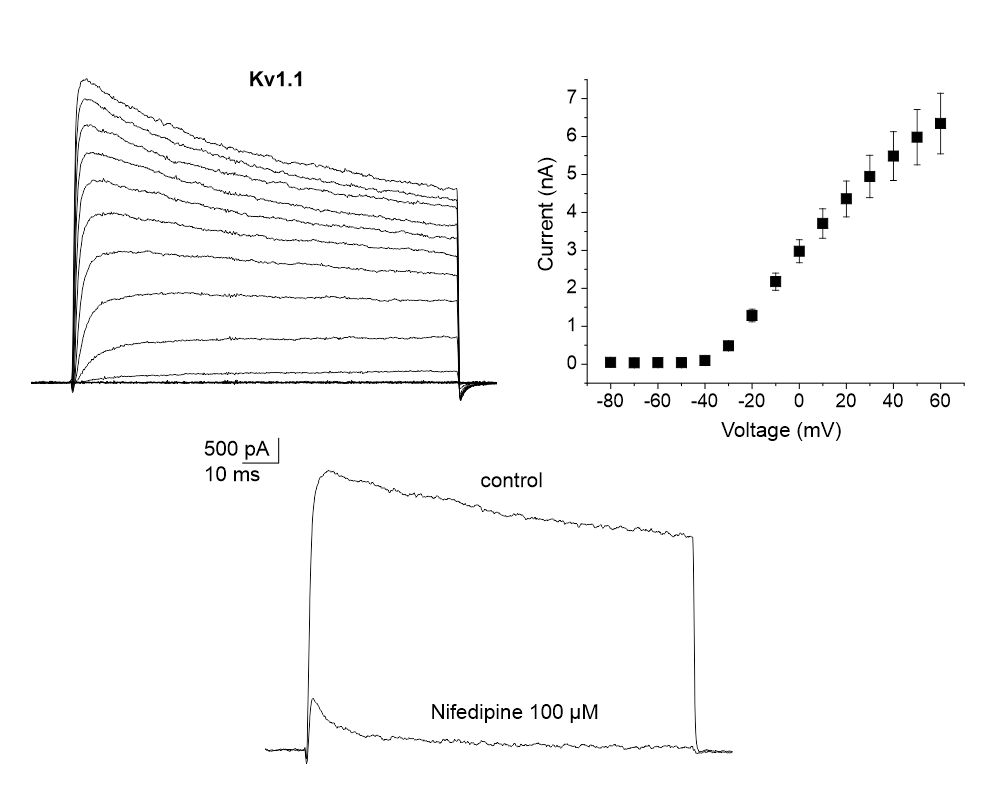
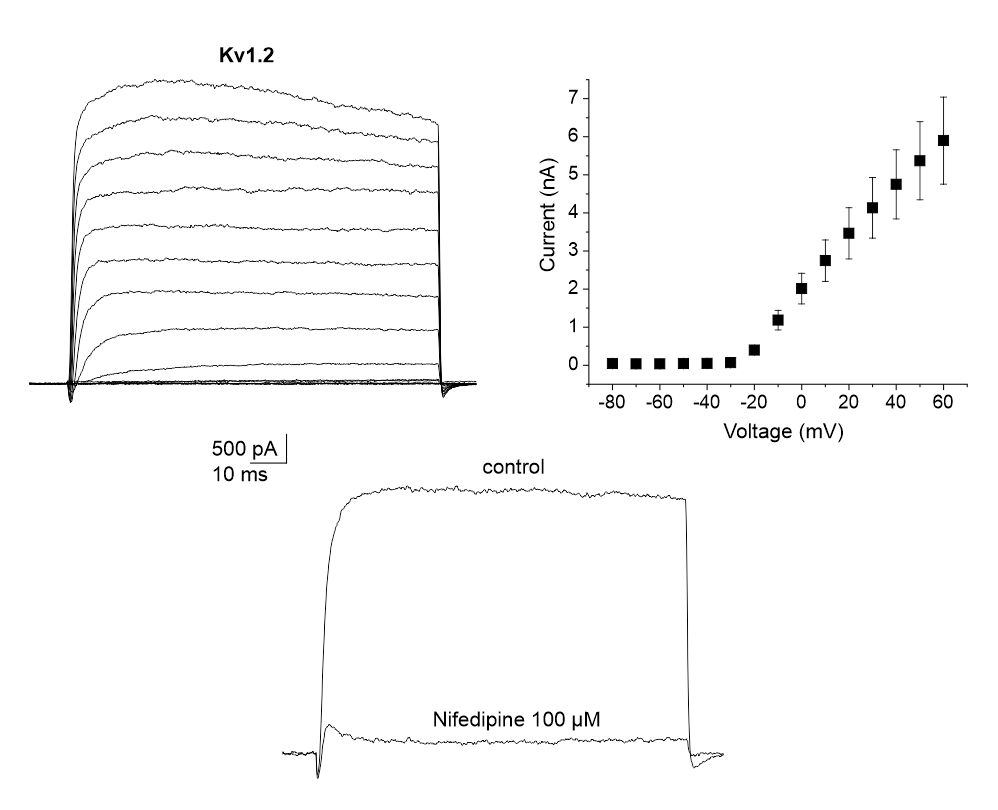

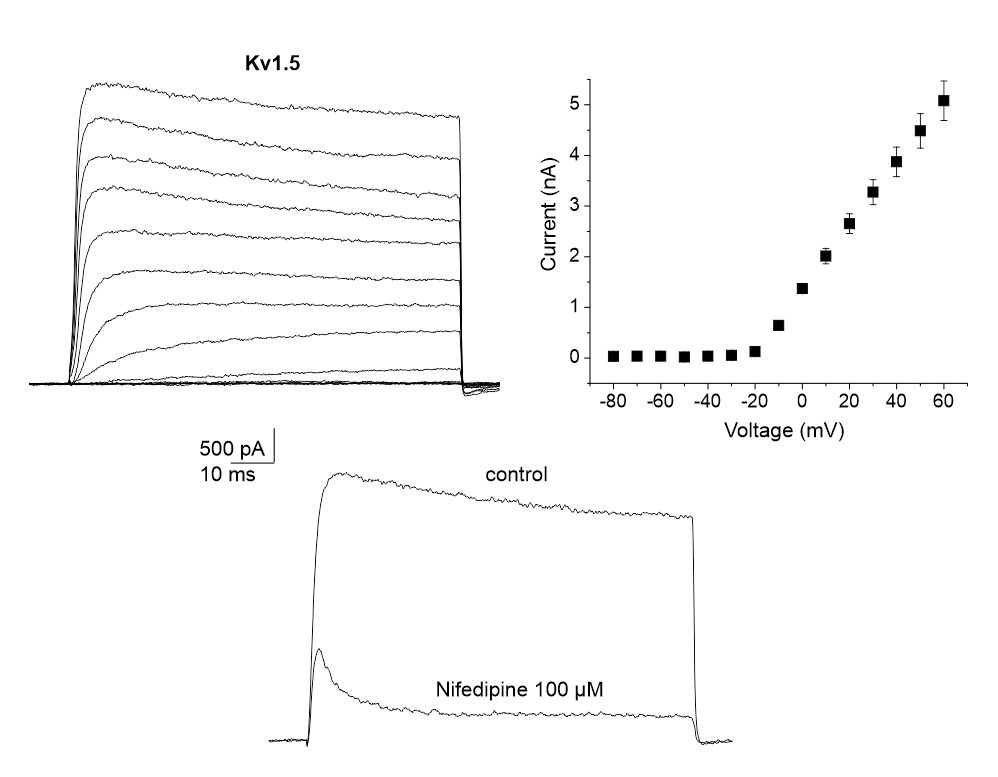
Identification of a highly potent inhibitor of Kv1.3
Blockers of the voltage-gated potassium channel Kv1.3 hold promise for clinical utility.
ChanPharm contributed to the identification of a novel highly potent inhibitor of Kv1.3
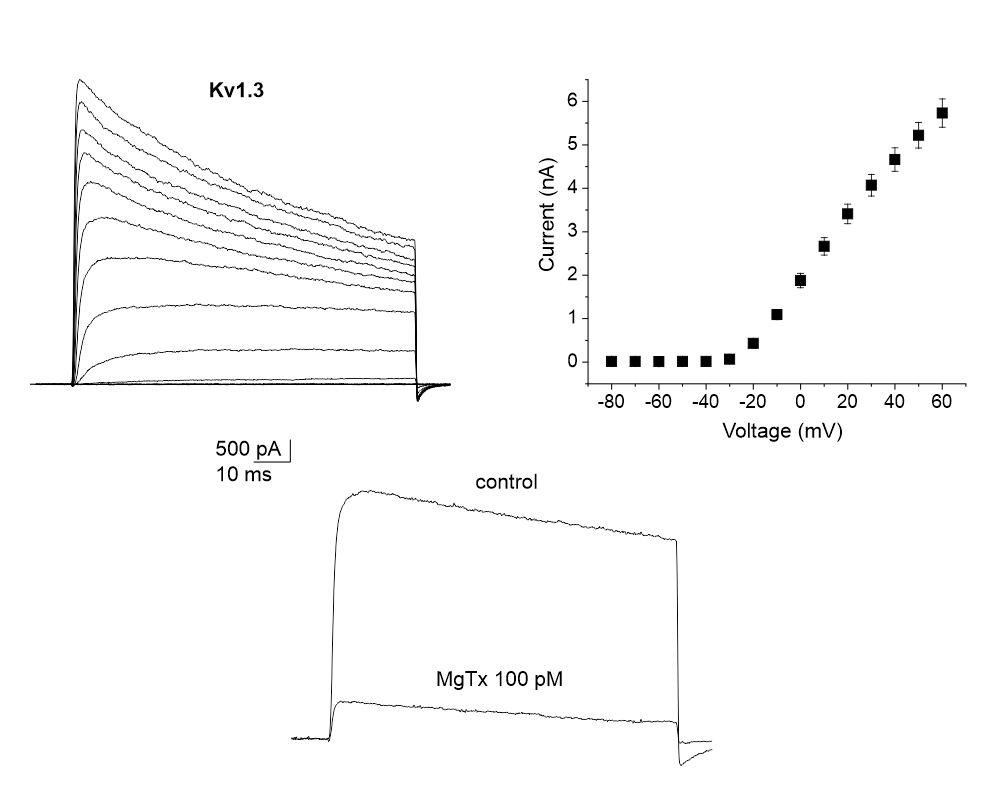
Screening studies on members of the Nav1.x gene family
Sodium channels are responsible for the rising phase of the action potential and thus determine the conduction velocity of APs. Blockers of different family members have the potential to block the transmission of pain impulses. Nav1.x pass through three different conformations called resting, activated and inactivated states. Drugs inhibit these channels differentially in these states.
Optimization of your assay protocols
Screening assays at ChanPharm, on members of the human Nav1.x gene family and other ion
channels account for state-dependent drug effects.
Hence, pulse protocols that are utilized during a certain screening assay matter. The length of a test pulse leading first to activation (channel opening) and during maintained depolarization to inactivation (channel closure) can have major effects on apparent affinities and thus influence the outcome of a screening study.
Subtype-specific screening on ligand-gated ion channels
GABAA receptors are ligand-gated ion channels that are activated by the inhibitory neurotransmitter γ-aminobutyric acid (GABA). Modulators or agonists of GABAA receptors are in clinical use and serve for example as anxiolytics, sedatives, anesthetics, anticonvulsants, muscle relaxants. The subunit composition of GABAA receptors affects their pharmacological properties.
ChanPharm offers screening services on human and rat GABAA receptors of different subunit composition.
Screening studies on the human TRPA1 receptors
TRPA1 are ion channels involved, among others, in the sensation of pain, cold and itch. TRPA1 antagonists hold promise as pain therapeutics and treatment for other disease states. ChanPharm’s optimized TRPA1 assay provides exceptionally stable conditions for screening studies.
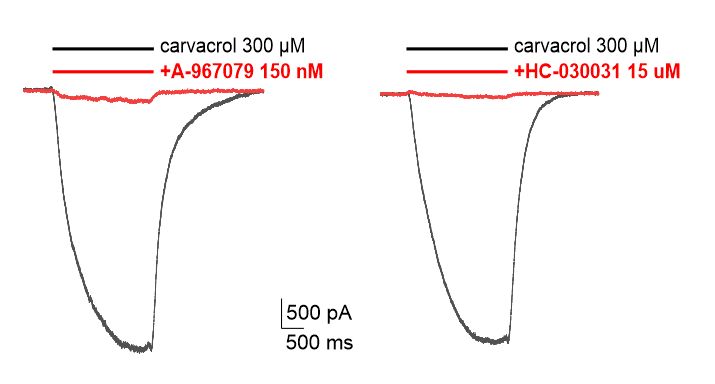
Inhibition of ionic currents through TRPA1 by specific blockers

High throughput assay on TRPA1 (Synchropatch, Nanion): Representative traces of inward currents elicited by repeated application of the agonist Carvacrol
Screening and lead optimization
Our ion channel screening platforms enable the discovery of small molecules (or natural products) in compound libraries and the optimization of client’s lead structures within short time.
The screening platform is complemented by ion channel profiling services using standard (or custom-designed) assay protocols. Our service enables accurate ranking of ion channel modulators regarding their apparent affinity.
Our team will discuss and optimize assay parameters with you. This ensures maximal sensitivity and relates the settings to an in vivo like situation. Our flexible service allows you to screen against the complete panel of ion channels relevant to a certain diseases or alternatively, against a selected set of targets.
Serum shift assay on ion channels
Prediction of in vivo effects from in vitro ion channel inhibition may be distorted for drugs that bind strongly to plasma proteins. The complication arises from the fact that only the free (unbound) drug is able to block an ion channel. Hence, unlike in vivo, where drugs are present in both free and protein-bound form ion channel assays are commonly performed in the absence of serum protein.
ChanPharm, therefore, evaluates drug potencies in the absence and in the presence of human serum.
